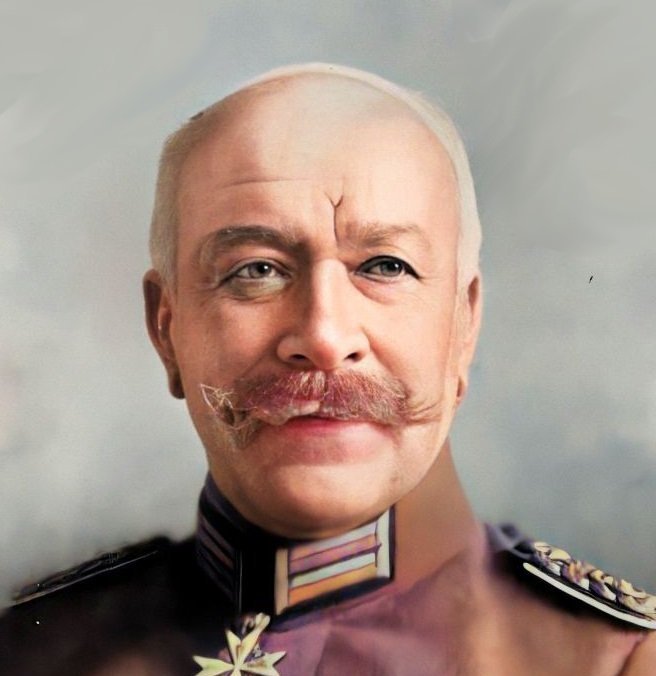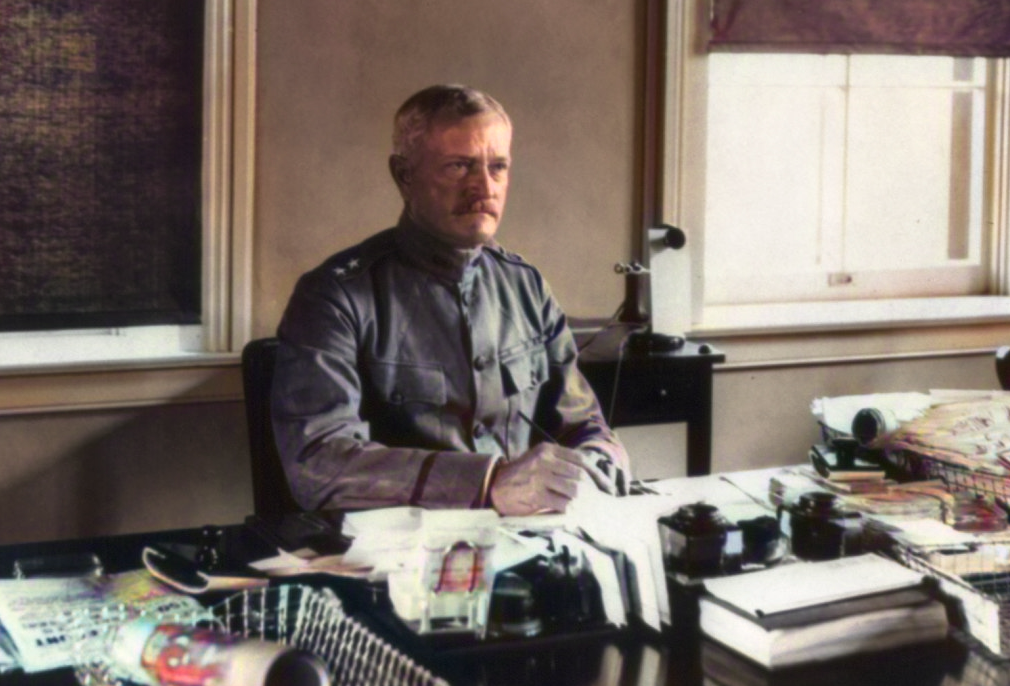
Biographies
Hermann von Francois
One of the most aggressive commanders in the German Imperial Army, Hermann von Francois clashed with nearly every immediate superior he had. Twice decorated with the Pour le Merite, he would be forced out by his rival Ludendorff shortly before the end of the Great War.
Pietro Badoglio
An Italian general who narrowly escaped the blame for the disaster at Caporetto in 1917, Pietro Badoglio would later become Mussolini’s favorite general before being appointed by the King to replace the Duce.
David Beatty
The commander of the Royal Navy in the latter half of the Great War grew a reputation as one of the great leaders in the history of the service, although his actions at Jutland in 1916 were not without their critics.
William Simpson
The commander of the US 9th Army in the Second World War, William Hood Simpson was very popular with his men, fellow officers and allies, gaining accolades from such men as Dwight D. Eisenhower and Bernard Montgomery.
Grigori Rasputin
The infamous mystic who gained the confidence of the Tsar during the last years of Imperial Russia started life as a Siberian peasant before finding religion and becoming a wandering preacher. These wanderings would lead him into the heart of Russian Imperial power, and the empire to destruction.
Maxime Weygand
The man called to save France as she was overrun in the early summer of 1940 would prove to be a major factor in her undoing, being a staunch proponent of capitulation and later prominent figure in the Vichy regime.
Karl I of Austria-Hungary
The second and last Kaiser of the Austro-Hungarian Empire, Karl I inherited a shaky multiethnic state in the midst of the Great War that it had started. Despite his efforts, the Empire would disintegrate in 1918, and the fallen Emperor would end his days soon after in exile after failing to regain his throne.
Kamio Mitsuomi
The general who led the Imperial Japanese Army to victory during their only major battle of the Great War; the Siege of Tsingtao. Applauded for his siege tactics, he would later serve as commander of the Japanese garrison there after the port fell, retiring shortly after the end of the war.
Husband Kimmel
The US Admiral known for his command during the Japanese attack on Pearl Harbor had reached his position as Commander in Chief of the Pacific Fleet after a long career, including service in the Mexican intervention of 1914 and the First World War. Many would consider him to be a scapegoat for the attack in 1941, which cost him his command and ended his naval career.
Sidney Godley
The first non-posthumous winner of the Victoria Cross in the First World War, Private Sidney Godley manned a machine gun alone to cover the retreat of his unit from the Mons Canal in 1914. Grievously wounded, he was captured by the Germans and presumed dead.
John Pershing
Commander of the American Expeditionary Force in the First World War as well as the leader of the punitive expedition into Mexico against Pancho Villa, “Black Jack” Pershing famously refused to allow American troops to be used as replacements in Allied armies, insisting that they remained as their own force.
Luigi Cadorna
Often considered possibly the worst general of the First World War, the infamous commander of the Italian Army would lead the disastrous first few years of the Italian Campaign.
Erich von Falkenhayn
Chief of the German General Staff following the mental collapse of General von Moltke when the Schlieffen Plan failed, Erich von Falkenhayn is chiefly remembered for the disastrous bloodbath at Verdun that led to his removal and replacement with Paul von Hindenburg.












